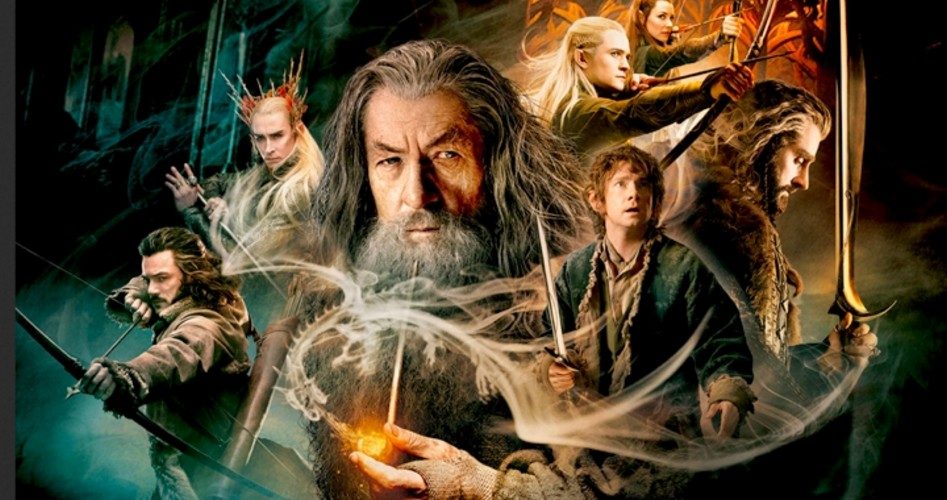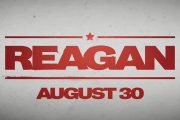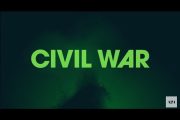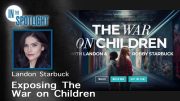
It’s impossible to surmise what J. R. R. Tolkien’s shade might think about the latest big screen adaptation of his fantasy corpus set in a fictional Middle Earth of elves, hobbits, orcs, and rings of power. But New Zealand director Peter Jackson’s latest cinematic tour de force, The Hobbit: The Desolation of Smaug, is undeniably a very different story than its simple, warm-hearted literary source material. Whereas Tolkien originally wrote The Hobbit, or There and Back Again, as a work of juvenile fiction with an uncomplicated storyline and lighthearted mood, Peter Jackson’s second of three movies based on the book is a sprawling epic with complicated backstories, nuanced characters, and a brooding, high-stakes mood more in keeping with Tolkien’s larger and better-known sequel, The Lord of the Rings (including Jackson’s film adaptation).
Accordingly, as we saw in the first Hobbit movie, Jackson and his collaborators have elected to retain many characters from Lord of the Rings — Frodo, Saruman, and Galadriel, for instance — who played no part in The Hobbit. The new film may offend Tolkien purists with additional Lord of the Rings players who were not part of The Hobbit — Legolas the elf is here, and we see a passing mention of the dwarf Gimli — as well as the invention of an entirely new character, the elf-maiden Tauriel, whose part in the story significantly alters the plot from the source material.
{modulepos inner_text_ad}
This reviewer’s biggest quibble was with a single sexual innuendo that Jackson and company managed to slip into the dialogue, which was entirely at odds with the soaring spirit of Tolkien. Add to this the complete absence of Tolkien-esque whimsy, and we have a film that transgresses significantly and disappointingly in tone from the book that inspired it.
That said, Desolation of Smaug is still a grand spectacle in its own right, managing to capture the main plot points, if not the overall atmosphere, of the novel, and presenting additional plot lines (loosely based on the appendices in The Lord of the Rings) that are plausible enough in the Tolkien universe. While the mysterious Necromancer lurking in his redoubt in Mirkwood is mentioned briefly in The Hobbit, the identification of that character with Sauron, the eponymous Dark Lord of The Lord of the Rings, did not take place until long after The Hobbit was published. And the epic confrontation between Gandalf (and his wizard and elvish allies) and the Necromancer is mentioned only briefly in the appendices of The Lord of the Rings, but is here a major second plot line, placing Gandalf himself in considerable (and, as of the conclusion of Desolation, unresolved) peril.
On the other hand, the encounters with the shapeshifter Beorn and with the evil spiders in Mirkwood quite possibly improve on the original tale, thanks to Jackson’s undeniable knack for portraying baddies. And the dragon Smaug, who guards stolen dwarf treasure in the bowels of the Lonely Mountain, is without a doubt the finest firedrake ever brought to the big screen. Smaug’s banter with Bilbo and subsequent confrontation with the dwarves is a bit overlong (and deviates considerably from the original material), but the sprawling showdown amid glittering heaps of pelf in the former dwarf stronghold under the mountain is a feast for the senses.
One plot change that will interest readers of this publication is the transformation of the Venice-like town of Esgaroth on Long Lake from a more or less benign and brief stopover (in the novel) to a menacing police state whose citizens have been disarmed and are under constant surveillance by a network of spies. Rather than riding their barrels all the way to the town and being received enthusiastically by the nameless “Master” of the town (in the novel), the movie version has the hobbits smuggled past corrupt customs officials, hiding from the spies of a corrupt king and his scheming sycophants, and attempting to obtain weapons from the city’s armory for use against Smaug.
At one point, the dialogue between the city’s ruler and one of his underlings takes a decidedly modern tone, with the two disparaging an underground, anti-regime push to oust the corrupt monarch and hold elections. It’s impossible to know whether the parallels are deliberate, but the historical Venice had, by the late 18th century, morphed from Europe’s most enlightened (and second-oldest, after San Marino) republic in the High Middle Ages — where religious and commercial freedom created unparalleled prosperity and political clout — to one of Europe’s most repressive police states, blanketed with state spies and subject to a comprehensive ban on the private ownership of weapons, for which violation was punishable by death.
Most reviewers have preferred The Hobbit: The Desolation of Smaug to its predecessor, on the grounds that the second Hobbit film is not burdened with long stretches of buildup and storytelling before the tale actually gets underway, and this reviewer is happy to concur, for the most part. Desolation leaps into action with a harrowing chase sequence following a tense backstory, and maintains a breakneck pace throughout its nearly three-hour showing time. The sword fights, chases, and overall mayhem are likely to please action film connoisseurs, while the special effects (especially the dragon and the giant spiders) are the equal of anything Weta Workshop has ever done before.
Still, there are a few Peter Jackson clichés to quibble with: the seemingly incurable need for Jackson’s writers to have characters (like Gandalf) announce the names of locations as establishing shots roll, and the frequent panning shots showing the company trudging across majestic New Zealand landscapes, to a swell of heroic orchestral music. Oh, and in case you missed it, a slimmed-down Peter Jackson reprises his LOTR cameo as a carrot-munching local in the opening Bree sequence, making discerning viewers wonder: Did he film that entire sequence in Bree just to have an excuse for the cameo (Bree being another feature of The Lord of the Rings that was not mentioned in The Hobbit)?
Like LOTR’s The Two Towers, The Hobbit: The Desolation of Smaug is a superior second act to an overly convoluted predecessor; unlike The Two Towers, Desolation offers no temporary closure or satisfying end. This film ends as a double cliffhanger, more like the first of a two-part episode “to be continued” next week. Unfortunately for viewers, they’ll have to wait until next year to see how things turn out in Dol Guldur and on the Lonely Mountain. Fortunately for veteran Tolkien fans like this reviewer, they can always read (or re-read) the book to find out how things ended up. Remaining to be seen is only how Jackson and company portray them; judging from this movie, next year’s finale will be a treat.



